ENJOY BBQS, CAMPING TRIPS AND PICNICS WITHOUT GETTING SICK!
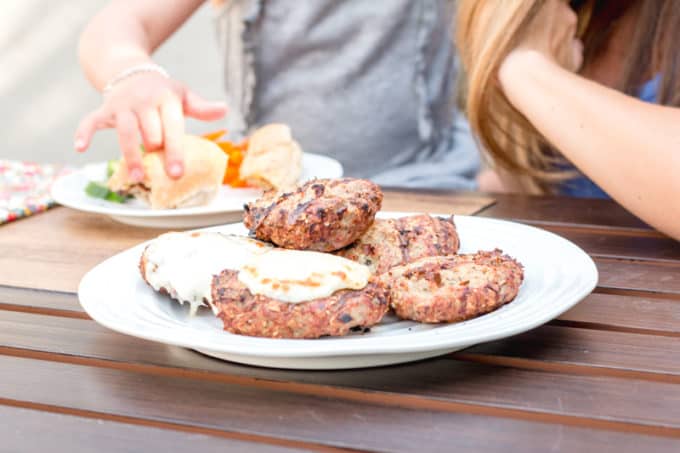
It’s Barbeque and picnic season, and t’s a great time to enjoy delicious food and the outdoors with your family, whether you’re camping or hanging out in your backyard! However, you may also be in the company of some unwanted guests—bacteria and bacterial toxins that grow on your food can cause food poisoning, something that often gets passed off as the stomach flu. Did you know that about 4 million cases of food-borne illness occur each year in Canada? This is scary. And it’s not just meat, poultry and fish that you have to be careful with. Any food (meats, dairy, fruits, veggies, whole grains etc.) can become contaminated–even wheat flour!
Check out my Breakfast Television segment where I give my top tips for protecting your family against foodborne illness this summer:
Here are some tips to help protect your family from food poisoning this summer:
Keep it clean
- Wash hands (for 20 seconds), utensils and cooking surfaces with soap and hot water before and after you handle food (especially meat or poultry).
- Use paper towels to wipe counters or change dishcloths often to avoid the spread of bacteria. Avoid using sponges to clean surfaces since they’re harder to keep clean.
- Wash cutting boards with hot, soapy water after each use. Nonporous acrylic, plastic, or glass boards can be washed in a dishwasher. Once cutting boards become excessively worn or develop deep grooves, replace them. Wooden cutting boards are more likely to become contaminated as there are more grooves and are harder to clean.
- Wash fresh vegetables and fruit with cool running water to remove dirt and residue. Before cutting, scrub fruits and vegetables that have firm surfaces or rinds such as carrots, oranges, melons and potatoes. And be sure to cut away damaged or bruised areas on produce – bacteria love these places.
- Pre-cut or pre-washed produce sold in sealed bags or in bulk should be washed before using. Watch for cross-contamination
- Use separate cutting boards and utensils for raw meats and vegetables. Never put cooked food on a dish that previously held raw food.
- Keep raw meat, poultry and seafood separate from other foods in the refrigerator. Store in plastic bags or sealed containers on the lowest rack in the fridge to prevent juices from leaking onto other foods.
- Do not pour sauce that’s been used to marinate raw meat, poultry or seafood onto cooked foods. Boil leftover marinade for at least one minute, prepare extra for basting cooked food or use another sauce that has not come into contact with the raw food.
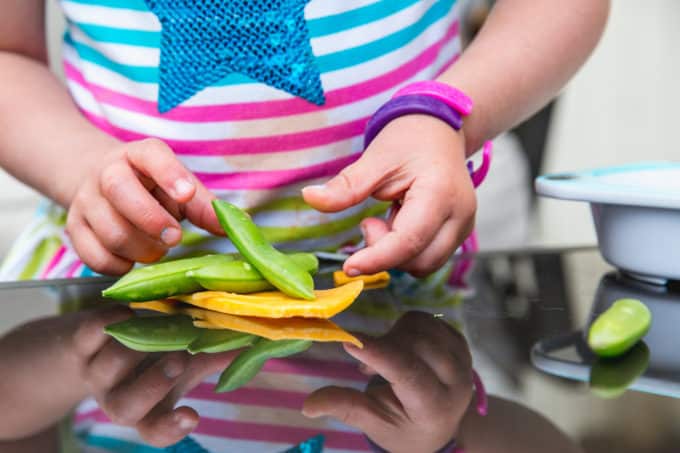
Cook it right
- Keep hot foods hot and cold foods cold! Prepare foods quickly, cook them thoroughly and serve soon after cooking. Don’t let foods linger at temperatures where bacteria can multiply [4°C to 60°C].
- Use a digital or instant red meat thermometer to ensure foods are cooked to a safe temperature (see chart below). Leave the thermometer in for at least 30 seconds, then take the temperature from the thickest part of meat, away from any bones.
- Did you know flour is actually a raw ingredient? It’s true. Just as you wash fresh fruit or vegetables or cook meat before consumption, recipes made with flour need to be baked or cooked before eaten, as raw flour can be contaminated with harmful bacteria such as E. coli.
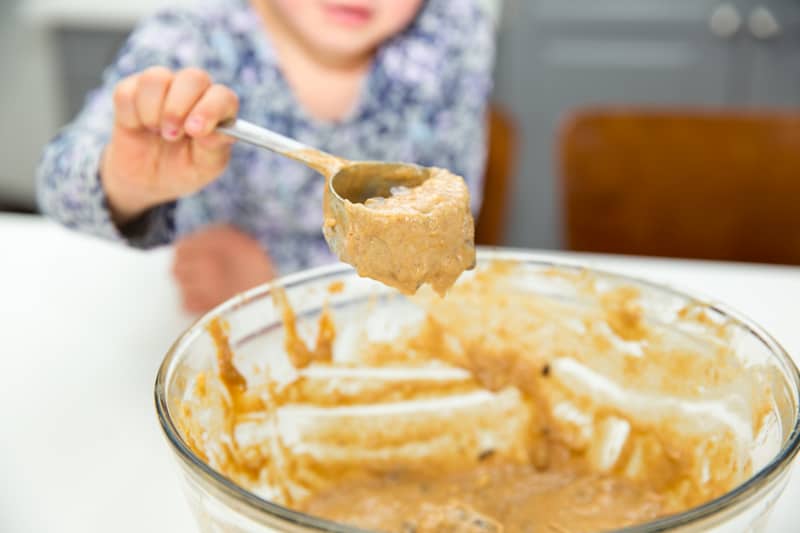
Safe Temperatures:
Ground meat:
- Beef, pork, veal 71ºC (160ºF)
- Chicken, turkey 80ºC (176ºF)
Fresh beef:
- Rare 63ºC (145ºF)
- Medium 71ºC (160ºF)
- Well done 77ºC (170ºF)
- Rolled beef roasts or steaks 71ºC (160ºF)
Fresh Pork:
- Pork chops 71ºC (160ºF)
- Roasts 71ºC (160ºF)
- Fresh cured ham 71ºC (160ºF)
- Cooked ham (to reheat) 60ºC (140ºF)
Poultry:
- Chicken, turkey – whole, stuffed 82ºC (180ºF)
- Chicken – whole, unstuffed 82ºC (180ºF)
- Turkey – whole, unstuffed 77ºC (170ºF)
- Chicken, turkey – pieces 77ºC (170ºF)
Leftovers:
- Reheated 74ºC (165ºF)
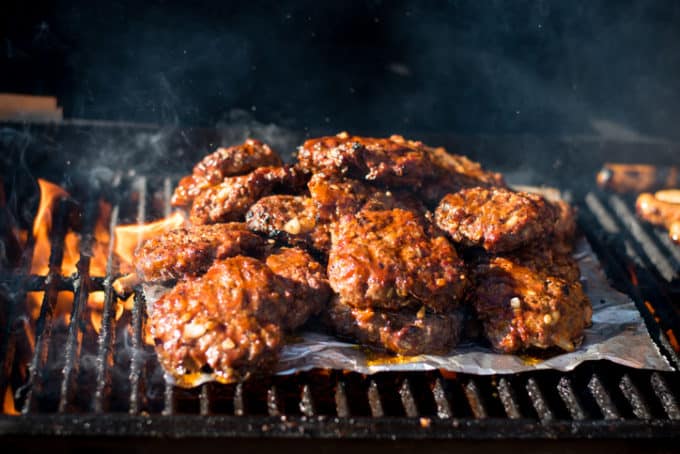
Safely Chill Your Food
- Thaw foods in the refrigerator or in cold water. Use the defrost button on the microwave oven if you plan to cook the food immediately after thawing.
- Refrigerate or freeze prepared food and leftovers within two hours. When you cook ahead of time, divide large portions of hot food into small, shallow containers to ensure safe, rapid cooling. If you don’t think that you will be able to eat the leftovers within a couple of days, freeze them.
- To keep foods safe in the fridge or freezer, make sure your fridge is set at 4°C (40°F) or colder and the freezer at -18°C (0°F).
- Don’t overstuff your fridge. Cold air needs to circulate above and beneath food to keep it properly chilled.
- In hot weather (32°C or 90°F) don’t leave foods sitting out for more than one hour. For temperatures that aren’t quite as hot, don’t keep foods out for longer than two hours. If you are unsure, throw it out.
Picnic Safely
- Pack foods in a well-insulated cooler with plenty of ice or frozen gel packs. Pack foods first that you think you will use last. Take two coolers – one for cold drinks and another for perishable foods so that warm air won’t get into the perishables every time someone reaches for a drink.
- Transport the cooler in the back seat of an air-conditioned car, not the hot trunk.
At the picnic or campsite, place the cooler under the shade of a tree of keep it under a blanket or tarp- make sure it’s out of the sun. - Bring hand soap and water to wash your hands before preparing foods and eating. If soap and water aren’t available, pack disposable wipes or hand sanitizer.
- Drink bottled water or tap water from a safe source. Try not to drink water from lakes or streams even if the water looks clean. If necessary, buy water purification tablets or water filters at stores that sell camping gear and outdoor sporting goods to purify lake or stream water prior to drinking it.
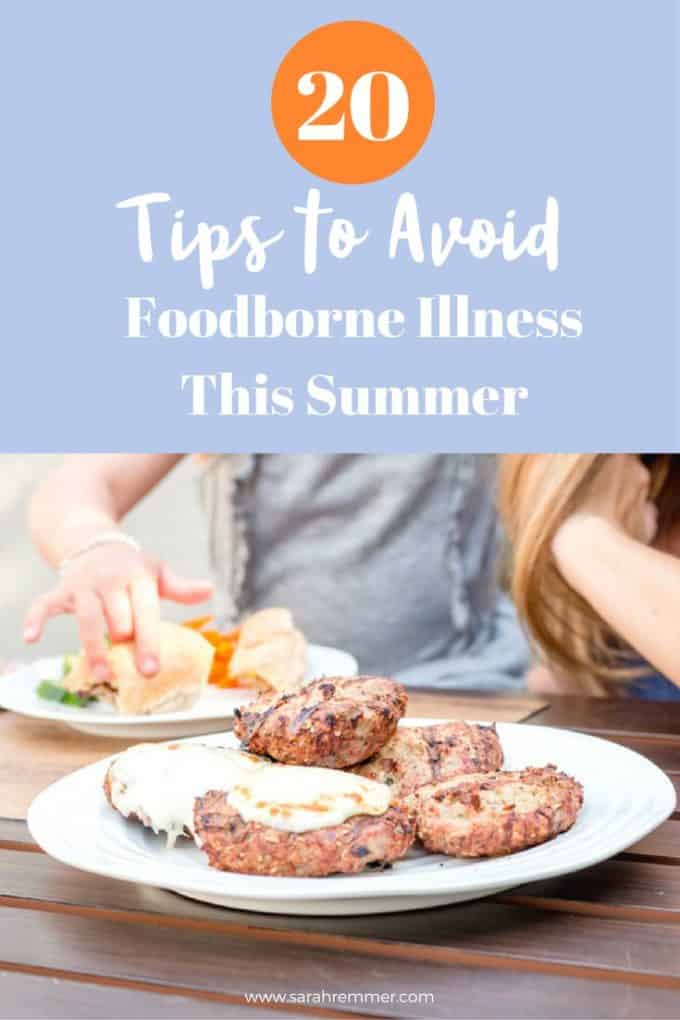
Adapted from my original post on YMC
For tips on kids nutrition and for healthy recipes, check out my Facebook Page, and Instagram Feed, where I post daily!
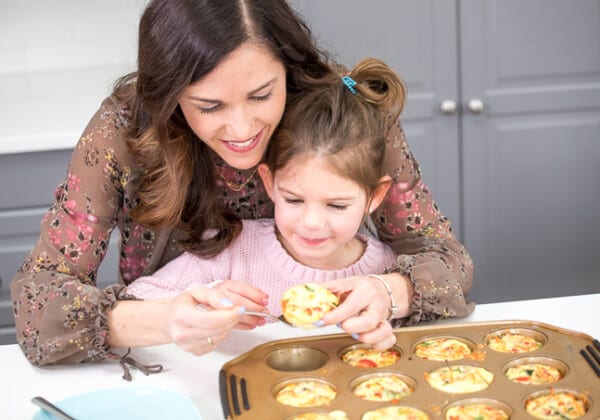
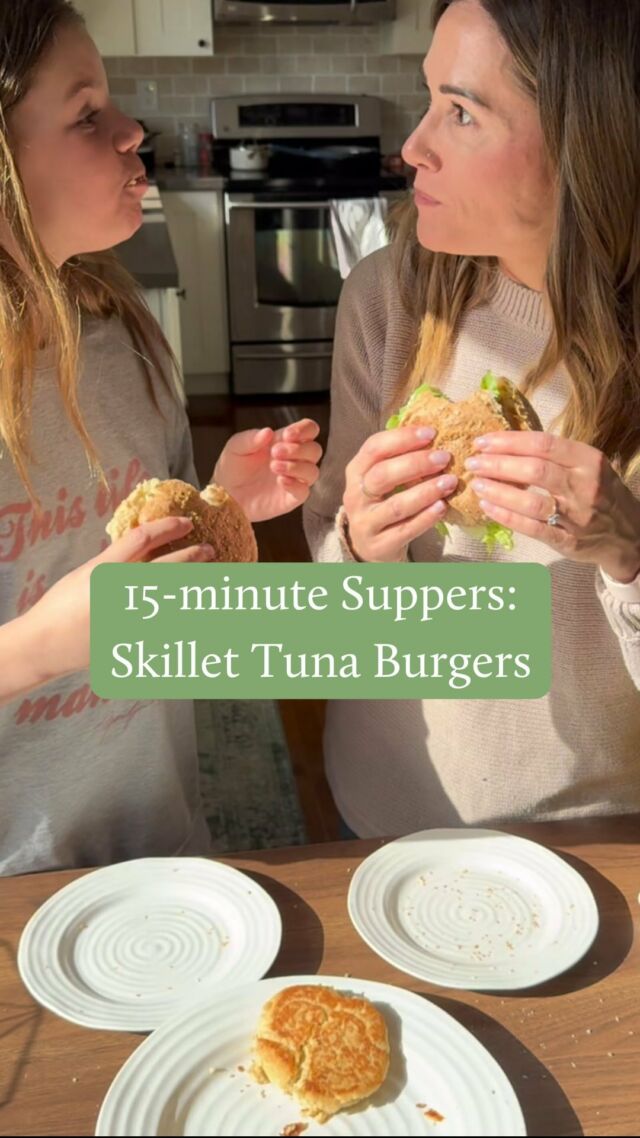
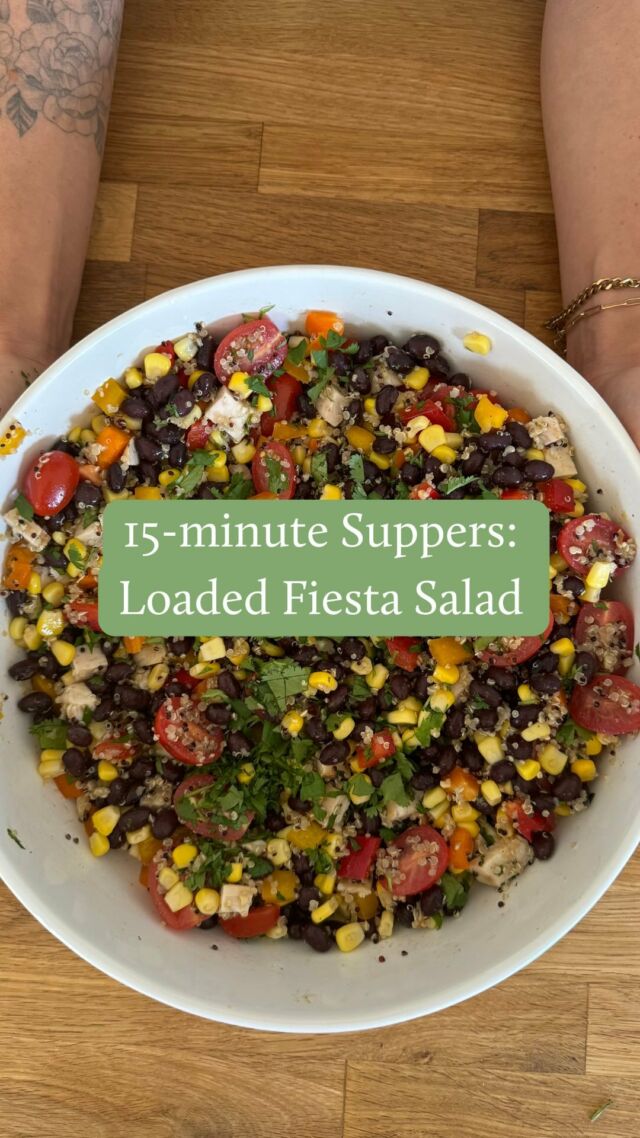
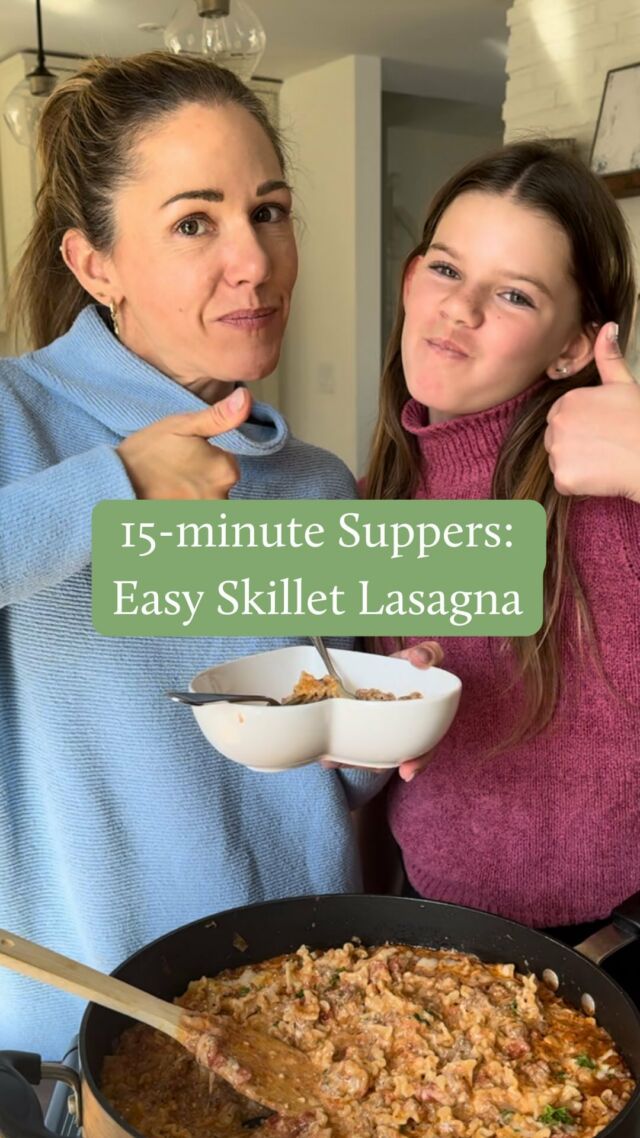
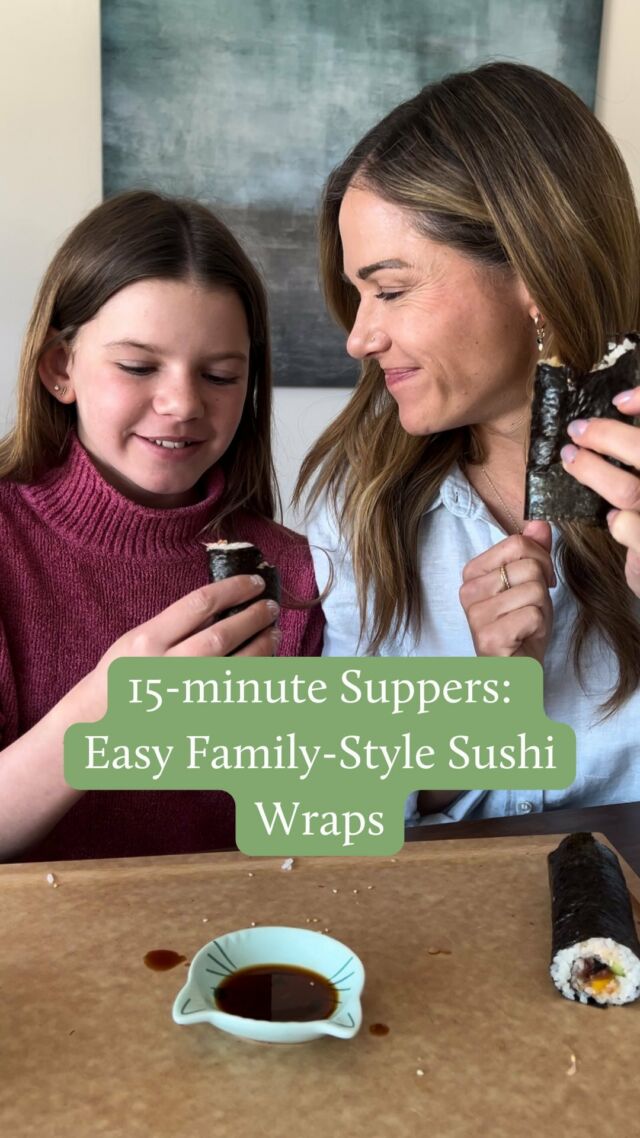
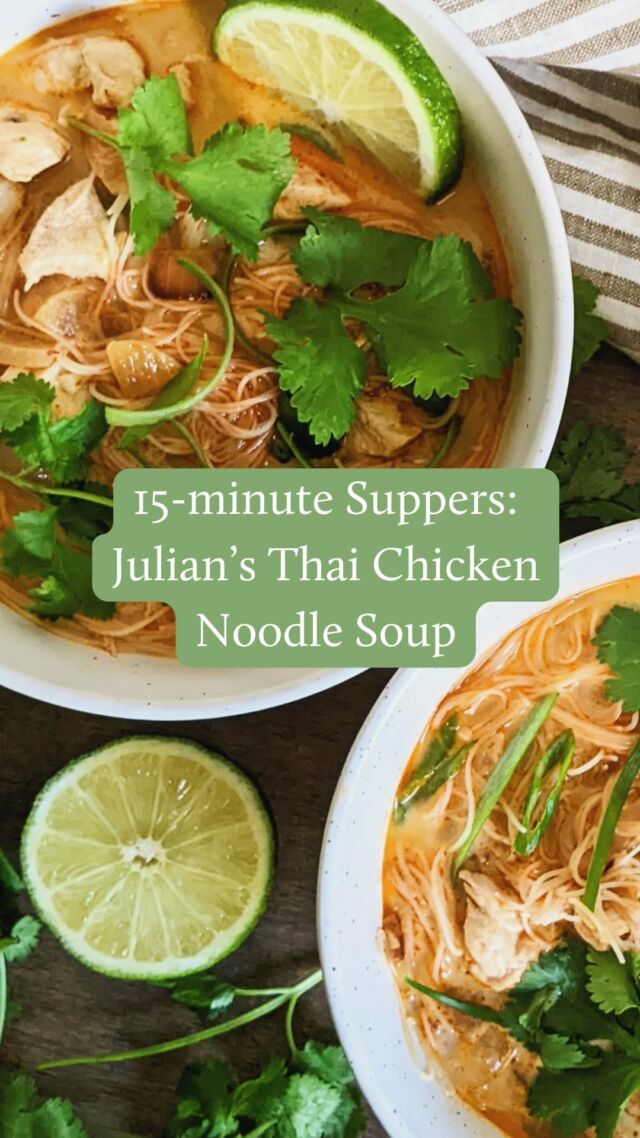
![[AD] It’s Day 6 of my 15-Minute Supper Series and today we’re putting a delicious twist on a classic BLT to make it nourishing and meal-worthy 🤤
Make sure to comment “Spud” and I’ll send you my top dietitian tips for feeding your family on busy weeknights along with a huge list of meal ideas!
This pasta salad takes no time at all to throw together and has everything you need for a nourishing meal. I always make extra bacon for things like this, but if you don’t have any cooked bacon I find cooking it in the airfryer or stovetop the quickest 🥓
I find that this salad lasts 2-3 days in the fridge without getting too soggy. You can also add in fresh lettuce to crisp it up or add the dressing when you eat it.
I ordered all of my groceries from @spuddelivers, which always saves me time and effort and gives me peace of mind knowing that I’m using high-quality, local and sustainable ingredients. I love that they come straight to my door the day after ordering 🙌🏻
Let’s make it!
Ingredients:
* 10 slices bacon cooked and diced
* 12 ounces pasta cooked and cooled
* 1 cup homemade Ranch dressing
* 1 ½ cup baby tomatoes diced
* ½ avocado diced
* feta
* ⅓ cup red onion diced
* 1 cup romaine lettuce
* fresh parsley for garnish optional
Homemade ranch dressing:
* ¾ cup mayonnaise
* ½ cup sour cream or Greek yogurt
* ½ teaspoon dried chives
* ½ teaspoon dried parsley
* ½ teaspoon dried dill weed
* ¼ teaspoon garlic powder
* ¼ teaspoon onion powder
* Salt and pepper to taste
Make it:
1. Blend all Ranch dressing ingredients together in a small blender (or whisk by hand) and set aside.
2. In a large bowl assemble the pasta, tomatoes, avocado, cheese, red onion, lettuce and bacon.
3. Pour the dressing over and toss to combine.
4. Garnish with parsley and serve.
You are going to LOVE this meal-worthy salad, I promise!
Comment SPUD to receive my top dietitian-approved tips for feeding your family during the week, a long list of ideas, and a curated shopping list with all of the ingredients for this recipe + all of the other ideas that I share in this resource!
#sponsored #spuddelivers #15minutemeals #whatsfordinner #easymealideas #dietitianapproved](https://www.sarahremmer.com/wp-content/uploads/sb-instagram-feed-images/438745920_798281295514125_2547899647147267180_nfull.jpg)
Comments
Training Express says
in Summer we have great interest to take more cold drink and heavy fat food but we have to make sure that these are safe for our health. Nothing is good if it is too much. useful content for me as well. Thanks for share
Stacey Mattinson says
Great food safety tips!